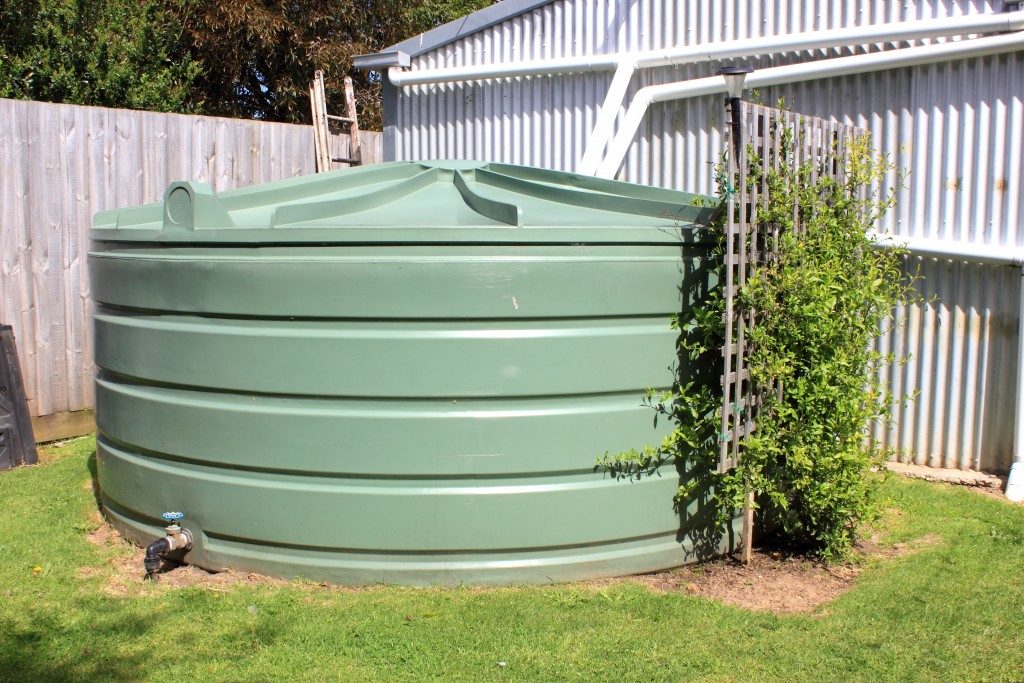Rainwater harvesting is not only an eco-friendly venture but will also assure your property of adequate water supply in low rainfall seasons and hitches with municipal water supply. The water harvested can be used for a range of household activities depending on its level of purity.
A rainwater tank is an essential implement for your property’s water harvesting. There are different designs for water tanks nowadays. For homeowners looking for an aesthetic, space-saving and plumbing-compliant solution, slimline water storage tanks are the answer.
Merely installing the tank on a solid base and connecting rain gutters will however not guarantee you clean water. There are ways in which you should screen your tank against the entry of multiple elements which will affect the harvested water’s purity.
Here are some of the screening accessories you can get for your water tank.
Rain Head
This is also known as a leaf eater. It is typically installed on the uppermost section of your downpipe right below the gutter that leads water into your tank.
The rain head is usually made of PVC and has a screened opening which allows free flow of water while deflecting all debris including leaves, vermin, and frogs away from the pipes.
Leaf Strainer
This is an accessory installed at the top of your rainwater tank where the gutter leads into the tank. A leaf strainer is a round hole with a 200–500mm diameter and holes measuring not more than 1mm. The strainer holds all debris and prevents it from flowing into your tank.
This includes frogs, mosquitoes, and leaves among others from your roof. The precise size of your strainer largely depends on the size of your tank, although some tank models have a manufacturer-recommended strainer size. When fitting it, ensure it is tight enough to guarantee optimal protection.
Overflow Screen
 There exist an overflow pipe at the top of your tank to prevent water overflow which will damage your property’s foundation and the tank’s base. Left unscreened, this overflow pipe will be the entry point for various water contaminants into your tank.
There exist an overflow pipe at the top of your tank to prevent water overflow which will damage your property’s foundation and the tank’s base. Left unscreened, this overflow pipe will be the entry point for various water contaminants into your tank.
It is hence vital to get an overflow elbow and a strainer connected to the pipe’s open end to mitigate against this.
First Flush Diverter
The first torrents of rain will usually wash your roof and get rid of all debris and other elements that have accumulated on it. Without a first flush diverter, the water which washes your roof will naturally flow into your water tank.
The diverter is installed into the pipe that leads into your tank and deflects the first flow of rain using a special valve that seals off your tank until a set water volume is achieved.
The above screening solutions might seem like an unnecessary expense for some property owners. Accumulation of debris in your tank will, however, reduce its water storage capacity and significantly affect your water purity through the formation of sludge over time.
The water will also form an ideal breeding ground for mosquitoes and other insects, which will affect your household’s health. As such, screening your water harvesting tank is essential.

